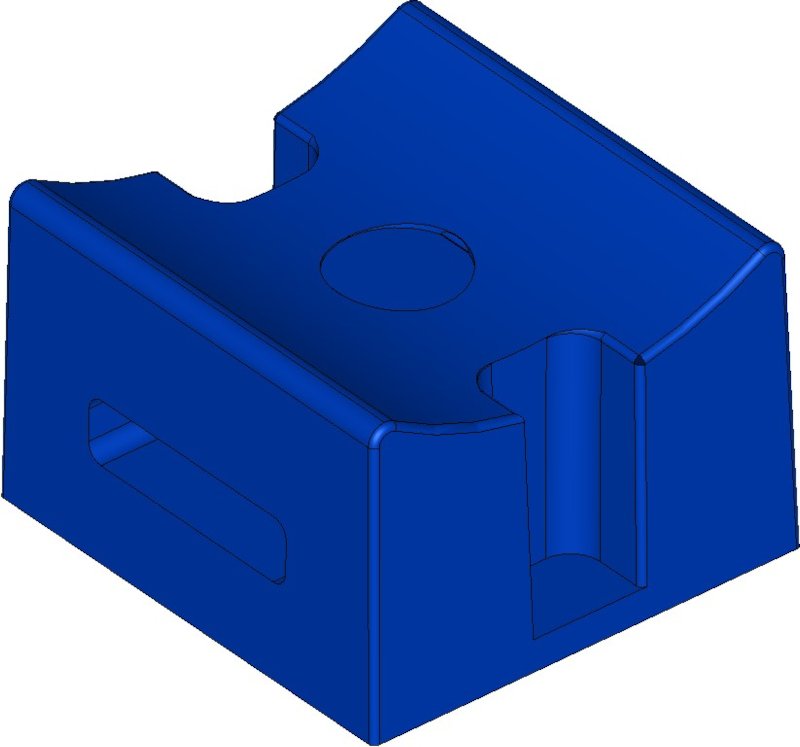Injection molding design rules are essential for injection molding design, so that the process flow and the part quality are perfect during injection molding, these important rules must be observed. As design experts with many years of experience in the field of plastics, we not only help you to design the optimum injection moulded part, but also help you by means of a injection moulding simulation to find and eliminate possible errors or problems in your production process in advance.
Bevelled
It is important to design components with draft angles. This means no purely vertical geometries, but where possible to design slight inclinations.
Draft angles in the geometry make it easier to remove parts from the mold later and minimize damage due to friction. This property of the design is called demoldability, which is direction-dependent. A distinction is made between main and secondary demolding directions.

Radii
Designing for injection moulding also means that radii should be preferred to sharp corners and edges. On the one hand, this avoids stress peaks when loading the finished component. On the other hand, the plastic must be able to flow to fill the mould as much as possible during injection moulding. Round geometries ensure more uniform filling and less turbulence.
Undercuts
Undercuts are free-standing design elements. One of the injection molding design rules is to avoid them as much as possible. They can mean that the component can no longer be ejected easily in the main mould direction and secondary ejectors are required, which cost additional money.
Ribbing
So-called stiffening ribs are often designed to increase component strength. If properly designed, they can also minimize distortion of the component after injection molding. The ribs should not be applied to wall thicknesses that are too thin, otherwise they will show through on the other side. The rule of thumb here is a wall thickness ratio of 3:1.
Wall thickness
The choice of the right wall thickness is also a very important aspect. It should be neither too thin nor too thick, as in both cases the quality of the finished components will be reduced. If the wall thickness is too thin, the material may have difficulty penetrating the mold section and may not be distributed evenly. For this reason, a minimum wall thickness of 1.5 mm is recommended. mm as a rule of thumb.
If the wall thickness is designed too thick, then this has two negative consequences. Firstly, the formation of blowholes becomes more likely. These are unwanted air pockets in the material. These can have a negative impact on the quality of the component in terms of strength and consequently reliability. Excessively thick walls also cause the temperature and flow profiles of the injection moulding to become irregular. This can result in unwanted variations in properties per component batch. A maximum of about 4 mm advisable. A uniform wall thickness has a positive effect on the shrinkage of the material, as this is accordingly also more uniform and the results of the production become more reliable and predictable.
Are you curious ?
Get an overview of our services in the field of engineering design, and request our free and non-binding offer today !
Inform yourself about our complete range of services, and contact us !